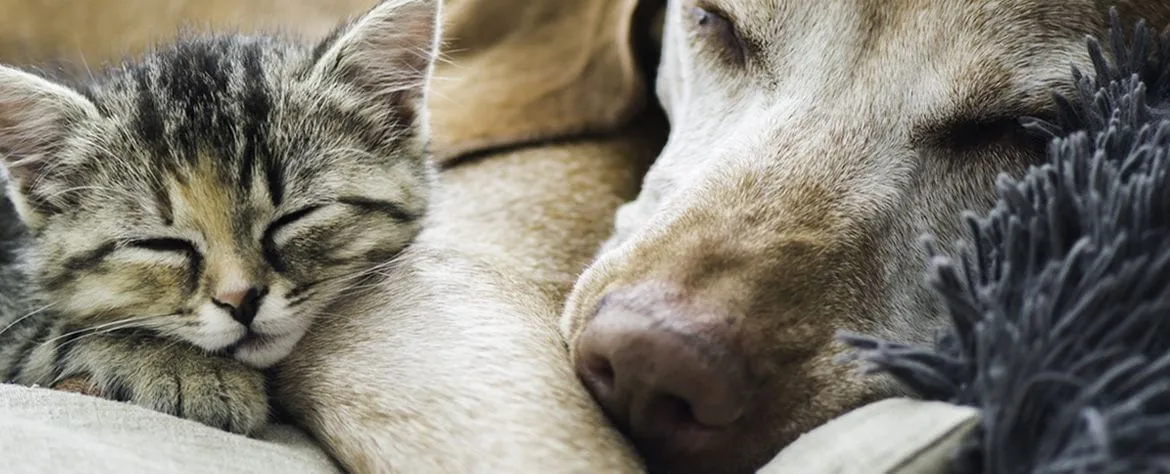Did you know dogs feel separation anxiety like humans? One of the most common complaints from pet parents is that their dogs are disruptive or destructive when left alone. When a dog’s problems are accompanied by other distress behaviors, such as drooling and showing anxiety when his pet parents prepare to leave the house, this is an indication of separation anxiety.
According to the ASPCA, separation anxiety is triggered when dogs become upset because of separation from their guardians, the people they’re attached to. Escape attempts by dogs with separation anxiety are often extreme and can result in self-injury and household destruction, especially around exit points like windows and doors.
The Signs
Urinating and Defecating
Some dogs urinate or defecate when left alone or separated from their guardians. If a dog urinates or defecates in the presence of his guardian, his house soiling probably isn’t caused by separation anxiety.
Barking and Howling
A dog who has separation anxiety might bark or howl when left alone or when separated from his guardian. This kind of barking or howling is persistent and doesn’t seem to be triggered by anything except being left alone.
Chewing, Digging and Destruction
Some dogs with separation anxiety chew on objects, door frames or window sills, dig at doors and doorways, or destroy household objects when left alone or separated from their guardians. These behaviors can result in self-injury, such as broken teeth, cut and scraped paws and damaged nails.
Escaping
A dog with separation anxiety might try to escape from an area where he’s confined when he’s left alone or separated from his guardian. The dog might attempt to dig and chew through doors or windows, which could result in self-injury, such as broken teeth, cut and scraped front paws and damaged nails. If the dog’s escape behavior is caused by separation anxiety, it doesn’t occur when his guardian is present.
Pacing
Some dogs walk or trot along a specific path in a fixed pattern when left alone or separated from their guardians. Some pacing dogs move around in circular patterns, while others walk back and forth in straight lines. If a dog’s pacing behavior is caused by separation anxiety, it usually doesn’t occur when his guardian is present.
Coprophagia
When left alone or separated from their guardians, some dogs defecate and then consume all or some of their excrement. If a dog eats excrement because of separation anxiety, he probably doesn’t perform that behavior in the presence of his guardian.
What to Do If Your Dog Has Separation Anxiety
Treatment for Mild Separation Anxiety
If your dog has a mild case of separation anxiety, counterconditioning might reduce or resolve the problem. Counterconditioning is a treatment process that changes an animal’s fearful, anxious or aggressive reaction to a pleasant, relaxed one instead. It’s done by associating the sight or presence of a feared or disliked person, animal, place, object or situation with something really good, something the dog loves. Over time, the dog learns that whatever he fears actually predicts good things for him.
Treatment for Moderate to Severe Separation Anxiety
Moderate or severe cases of separation anxiety require a more complex desensitization and counterconditioning program. In these cases, it’s crucial to gradually accustom a dog to being alone by starting with many short separations that do not produce anxiety and then gradually increasing the duration of the separations over many weeks of daily sessions.
If you have any more questions, please contact our office at 602-559-5500.



